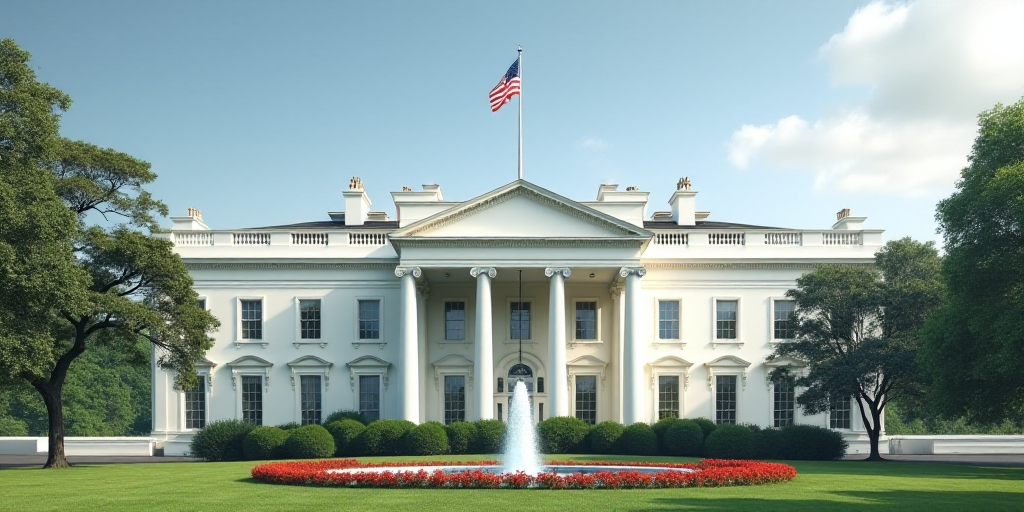Background on Key Players and Previous Shutdowns
The White House has issued a directive to federal agencies to prepare for an orderly shutdown due to the lack of agreement between Republican and Democratic senators on the budget bill, officially known as H.R. 5371. This impending shutdown would be the 14th in U.S. history and the first since 2019, when funding for the government was interrupted during five weeks, including New Year’s, during Donald Trump’s first term.
Key Players and Their Roles
Russell Vought, the Director of the Office of Management and Budget (OMB) under President Trump, sent out a memo holding Democrats responsible for “forcing the government shutdown” due to their “unreasonable political demands,” which include over $1 trillion (approximately €850 billion) in new spending.
Content of the Rejected Bill
The rejected bill aimed to continue funding for federal agencies in fiscal year 2026, allocate additional funds for federal employees’ security, and extend several programs and authorities nearing expiration.
Senate Vote and Key Demands
The latest Senate vote resulted in 55 senators voting in favor and 45 against a temporary funding bill, which required Republicans to secure at least 60 votes. The Democrats had previously rejected a proposal, according to Bloomberg News.
A significant part of the debate centered around healthcare, with Democratic senators demanding the renewal of subsidies for health insurance premiums under the Affordable Care Act (Obamacare) and attempting to reverse Medicaid cuts included in Trump’s tax reform bill passed earlier this year.
Impact on Federal Workers
Essential workers, such as military personnel, will continue working without pay, while approximately 750,000 non-essential federal employees will be temporarily furloughed. This situation contrasts with the usual practice of temporary suspension during a shutdown, followed by retroactive payment of missed salaries once the impasse ends.
President Trump has warned the press that his administration might permanently dismiss “many” public workers if a shutdown occurs, deviating from standard procedures.
Historical Context and Key Questions
Key Questions and Answers
- Q: What is the cause of this potential government shutdown? A: The failure of Republican and Democratic senators to agree on the budget bill, H.R. 5371, has led to this situation.
- Q: Who is responsible for the impending shutdown, according to the White House? A: The White House has blamed Democrats for “forcing the government shutdown” due to their demands.
- Q: What key issues are at the heart of the Senate debate? A: The primary issues are healthcare-related, including the renewal of Obamacare subsidies and reversing Medicaid cuts from the tax reform bill.
- Q: How will this shutdown affect federal employees? A: Essential workers will continue working without pay, while non-essential employees will be temporarily furloughed. Permanent dismissals remain a possibility, which would deviate from standard procedures.






